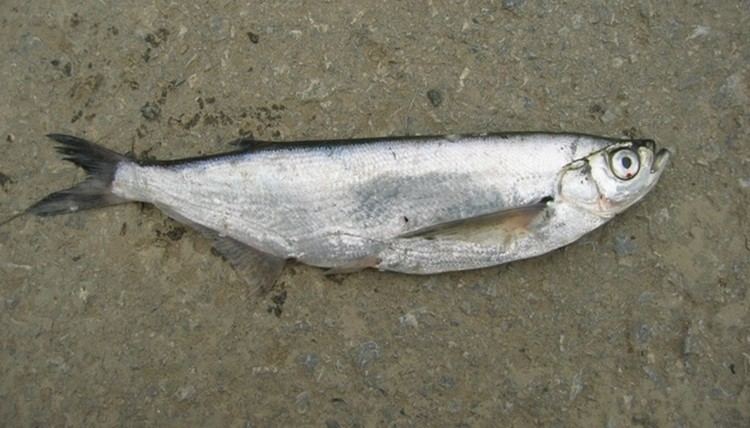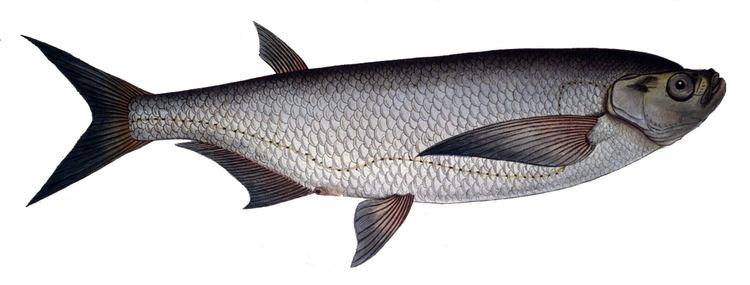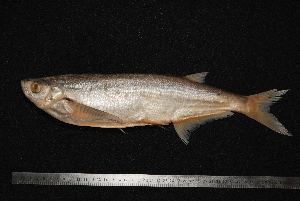Genus PelecusAgassiz, 1835 Higher classification Pelecus | Phylum Chordata Scientific name Pelecus cultratus Rank Species | |
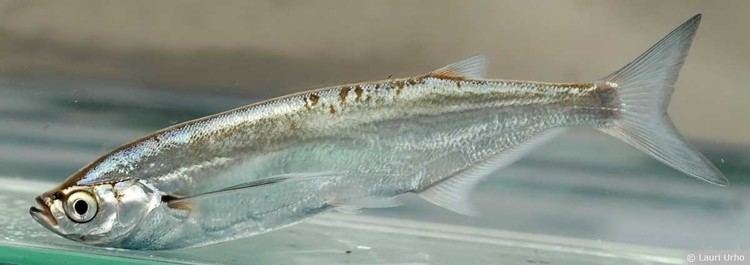 | ||
Similar Vimba vimba, Rutilus lacustris, Common bleak, Blicca bjoerkna, Ballerus ballerus | ||
Pelecus cultratus, known variously as the sichel, the ziege, the sabre carp or sabrefish, is a species of cyprinid fish from an Eastern Europe and adjacent Asian regions. It is the only species of its genus. This species inhabits lower reaches of rivers and brackish waters of eastern Baltic, Black, Caspian and Aral Sea basins. This fish has no major threats and the IUCN lists it as being of "Least Concern".
Contents
- Sichling pelecus cultratus fischauftiegshilfe beim kraftwerk melk donau 30 6 2014 5 43
- Description
- Distribution
- Biology
- References
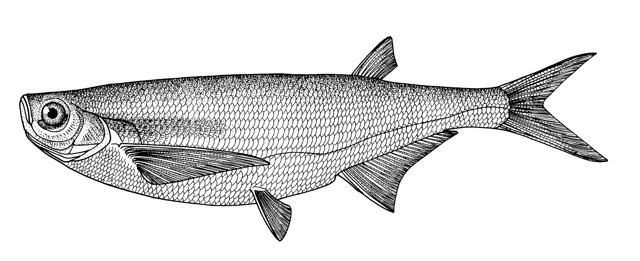
Sichling pelecus cultratus fischauftiegshilfe beim kraftwerk melk donau 30 6 2014 5 43
Description
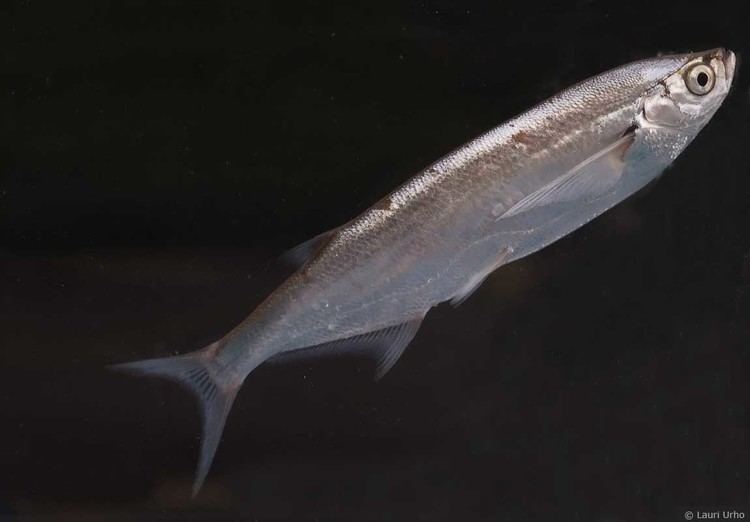
The ziege resembles a large Baltic herring in appearance. It grows to about 25 to 40 cm (10 to 16 in) in length. It has a keel on its belly which from the side looks curved while the back is almost straight. It has an upturned snout and the tip of the lower jaw also slopes steeply upwards. The lateral line is wavy and very low down the flank. The pectoral fin is long and pointed. This is a pale, silvery fish with almost colourless fins.
Distribution
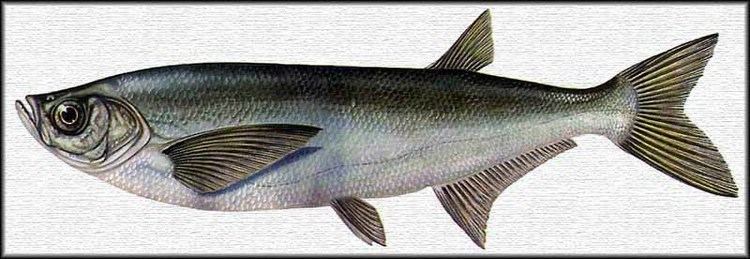
The ziege can be found in waters of the Baltic states and Eastern Europe. It can also be found in other European and Asian countries such as Austria, Azerbaijan, Bulgaria, Croatia, Czech Republic, Denmark, Finland, Georgia, Germany, Hungary, Kazakhstan, Moldova, Poland, Romania, Russia, Serbia and Montenegro, Slovakia, Sweden, Turkey, Turkmenistan, Ukraine, and Uzbekistan. It usually swims near the surface in estuaries and lakes and some populations live permanently in rivers and streams.
Biology
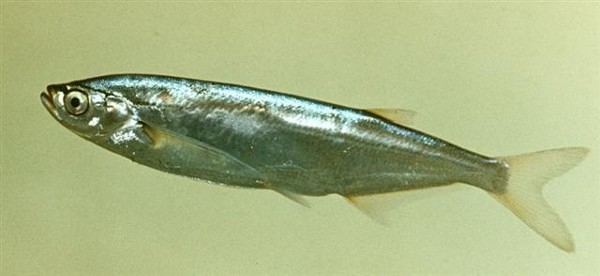
This fish feeds on zooplankton, swimming invertebrates such as crustaceans, small fish and floating insects. It breeds in May and June, travelling up-river to find suitable open water locations. It sometimes breeds in brackish water, for example in the Gulf of Finland. The eggs float, and in rivers, drift with the current. They hatch after about three to four days. After spawning, the migratory fish return to estuaries to feed.
